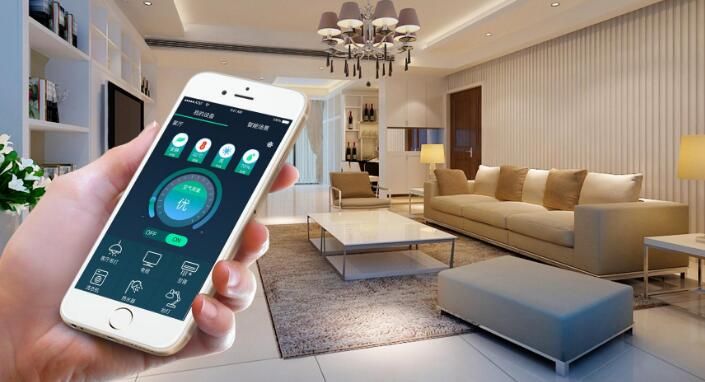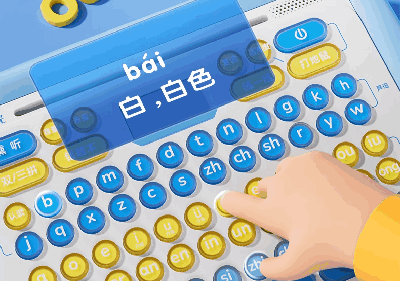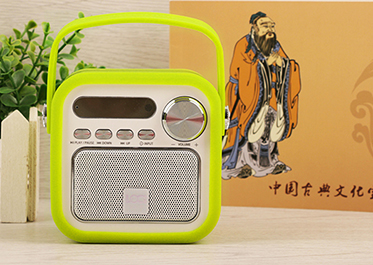What are the necessary functional systems for smart homes?
The necessary functional systems for smart homes include: intelligent lighting control system, central control management system, home access control system, home appliance control system, monitoring system, home audio-visual system, etc. Do you know what principles should be followed in the design of monitoring systems that we are most concerned about?

1. Basic functional systems of smart homes
1. Connect the smart home switch to the smart controller, which can control all light switches in any room in the room to avoid walking back and forth. You can also set scene memory mode to control the light switch and brightness, and can control the living room, dining room, study room and walkway at will.
2. The "most powerful brain" centrally manages all devices, home appliances, lighting, multimedia and mobile communications in the home. It no longer works independently. It is remotely controlled by your mobile phone and you can see and hear it when you are not at home. Accurately diagnose household appliances and equipment and understand faults in real time; intelligently detect home environments to make them safe and controllable.
3. The smart door lock automatically recognizes your opening action, opens the door, turns on the lights, and feels very warm when you go home. When relatives come, you can also open the door remotely and let them wait at home; when friends come to visit, you can meet with them via video when they are not at home. The way to treat guests is to not let them down.
4. Personalized customization: control all home appliances through your mobile phone and switch between various scenes at will; scheduled preset: schedule the switching time of electrical appliances to enjoy personalized quality of life; linkage control: integrate lighting, music and other systems to make life more tasteful ;Remote control: On the way home, remotely start the heating and air conditioning equipment at home, and enjoy the benefits of "warm in winter and cool in summer" in advance.
5. Home video and audio systems can also become entertainment centers. Utilizing multimedia entertainment platform, advanced computer technology, wireless remote control technology and infrared remote control technology, under the precise control of program instructions, multi-channel signal sources such as set-top boxes, satellite receivers, DVDs and computers can be sent to each room according to the needs of the user Audio and other terminal equipment on the TV, one machine can share various audio-visual equipment in the living room. Throughout the scenario, just one click is needed to launch the desired mode.
6. Temperature, humidity, lighting, voice recognition, and human body infrared sensors are distributed throughout the house, automatically sensing the environmental status of the home, and automatically operating air conditioning, curtains, fresh air and other systems; by wearing a smart watch or bracelet, users can not only control household equipment, You can also check your physical condition at any time. Through the big data analysis of the cloud server, the energy management system can see the power consumption of home appliances, publish home appliance monitoring and diagnostic tables at any time, and conduct "physical examinations" on various electrical appliances, so that the operating status is clear at a glance. Unified management of daily electricity consumption and customization of efficient electricity usage plans based on weather conditions and behavioral habits make it easier to save energy.
2. Design principles of smart home monitoring system
1. Legality and national security requirements are very high. In the design of smart home monitoring systems, scheme design and drawings should first be considered to meet the relevant safety technical prevention requirements of the country, industry and public security departments.
2. Practicality. According to the specific living conditions of the owner, the design plan meets the owner's design requirements to make the system functions as perfect as possible and fully utilized.
3. Economically, fully consider the owner's investment and adopt economically reasonable equipment configuration. 4. Reliability, advancement and scalability: Choose mainstream products in the market and adopt mature technologies to ensure reliable operation after the system is completed. At the same time, it ensures that the system will not become obsolete in the future and can be expanded and upgraded.
Proposal recommendation
- TOP



